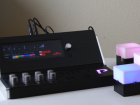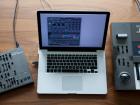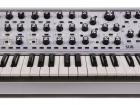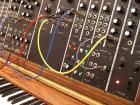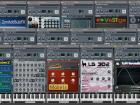Setting Up Your Computer For Software Synths
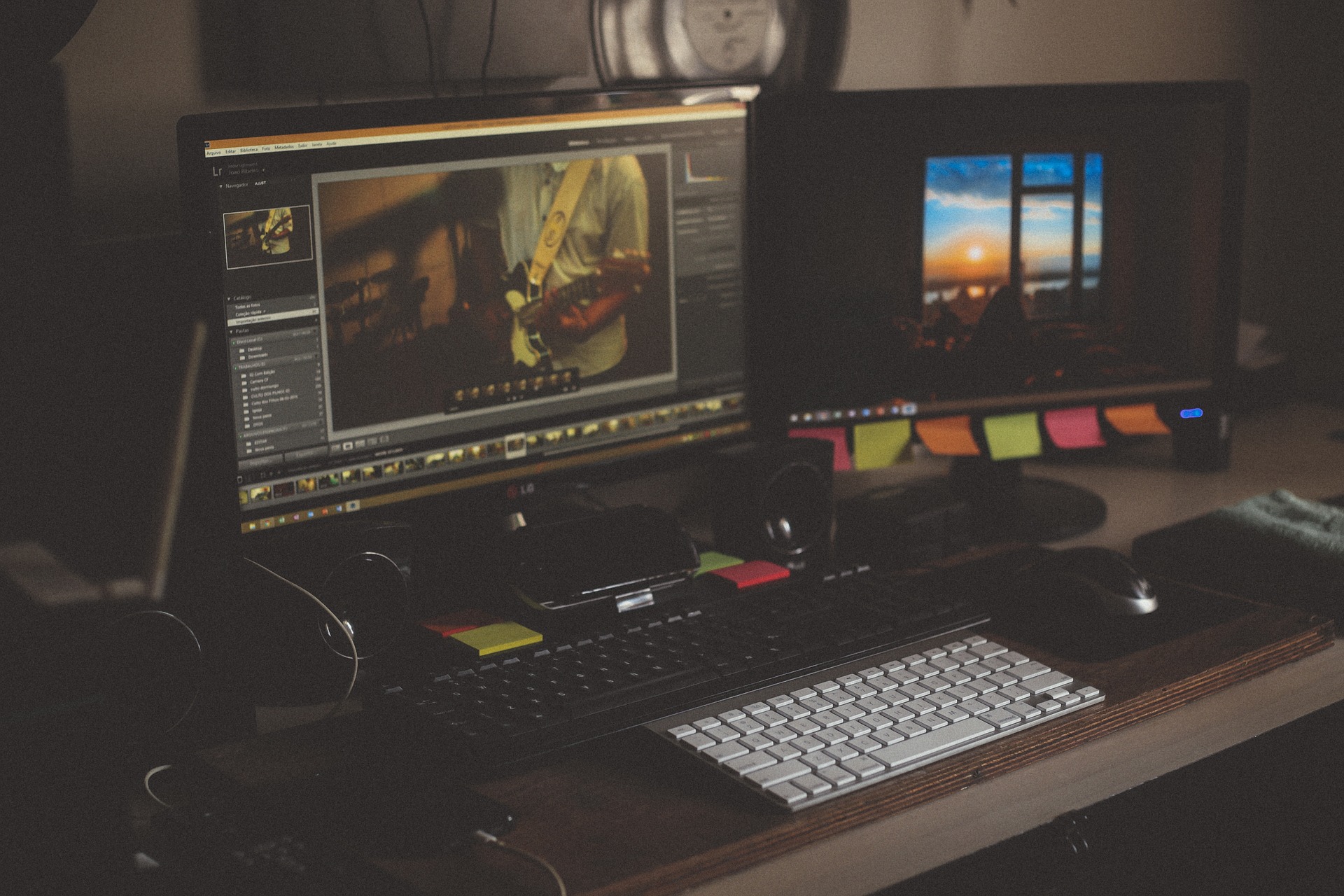
Post date:
The cheaper cost is often a big motivation for musicians to pick software synthesizers over hardware, but space can also be a big motivation to do so. Few people would say no to an entire studio of hardware synthesizers, but not many have the money and space to make that a reality. However, with a decent computer, DAW and controller it is possible to have an entire studio's worth of synthesizers on your desk. Unfortunately, working with soft synths can be a pain if your computer is not up to the task. To keep the frustration to a minimum here are some handy tips for making sure your setup is ready for making music.
Make Sure Your Hardware Is Up To The Task
You don't need a state of the art computer or laptop to dabble with software synthesizers, but better hardware does mean better performance. Soft synths can be very performance-intensive and the last thing you want is to experience crashes or glitches because your system can't handle what you are throwing at it. The most important hardware components will be your hard drive, RAM, and processor. A solid-state drive offers much better performance than mechanical drives and has also been getting more affordable. Boosting your RAM also improves performance, especially when working with a lot of plug-ins. Finally, a decent processor will help to keep things running smoothly.
Make The Best Out Of What You Have
If you cannot afford an upgrade you can still get better performance out of old hardware by ensuring that everything is optimized. This means uninstalling all unnecessary software to free space and resources. If possible, make sure that the computer you are using for your software synths is dedicated to the tasks instead of using the same one for everything from work to playing games. This will also ensure that you have fewer distractions from emails and messages while making music. You'll also want to make sure that you don't have anything unnecessarily running in the background. Both PC and MAC allows you to see what is running in the background, so get rid of anything that is not essential.
Don't Go Overboard With Software
Just because you can install the software version of virtually every hardware synthesizers under the sun on your system doesn't mean you have to. Not only are the chances good that you will end up with choice overload, but it can also bog down your system considerably. It can actually be beneficial to limit the number of plugins you work with to get the most out of them. Of course, this is easier said than done, so feel free to play around with everything first to get it out of your system and then focus on the ones that you really want to master.
Keep Everything Up To Date
One of the great things about software synths is that they are usually much easier to update than their hardware counterparts if any bugs are discovered. Be sure to keep an eye out for any updates available for your soft synths as these can usually improve performance and stability. However, newer doesn't always mean better as updates can sometimes also introduce issues of their own. This is why it can be very useful to keep an eye on forums to find out what the experience of other users is with the update before making use of it yourself. Sometimes the older versions of software and DAWS also run better on older hardware, so if you can't afford an upgrade this might be worth looking into.
Don't Neglect Your Comfort
If you are not comfortable while using your computer you are not going to enjoy the process of making music with software synthesizers either. A good chair can do wonders for your comfort and small things, such as ensuring that the monitor is at the perfect height and your surroundings are not cluttered can make a big difference too. You'll also want to look into getting decent headphones or speakers so that you can at least hear your music properly. Finally, a decent hardware controller can also help bridge the gap between getting hands-on with making music and simply clicking on things with your mouse.
Conclusion
Few things can beat playing hardware synths live with some friends, but factors such as self-isolation and social distancing have shifted a lot of collaborations online. Let us know in the comments or on the forum whether you have a software synth setup to complement your hardware synths and if so what are your tips to ensure everything runs smoothly.

